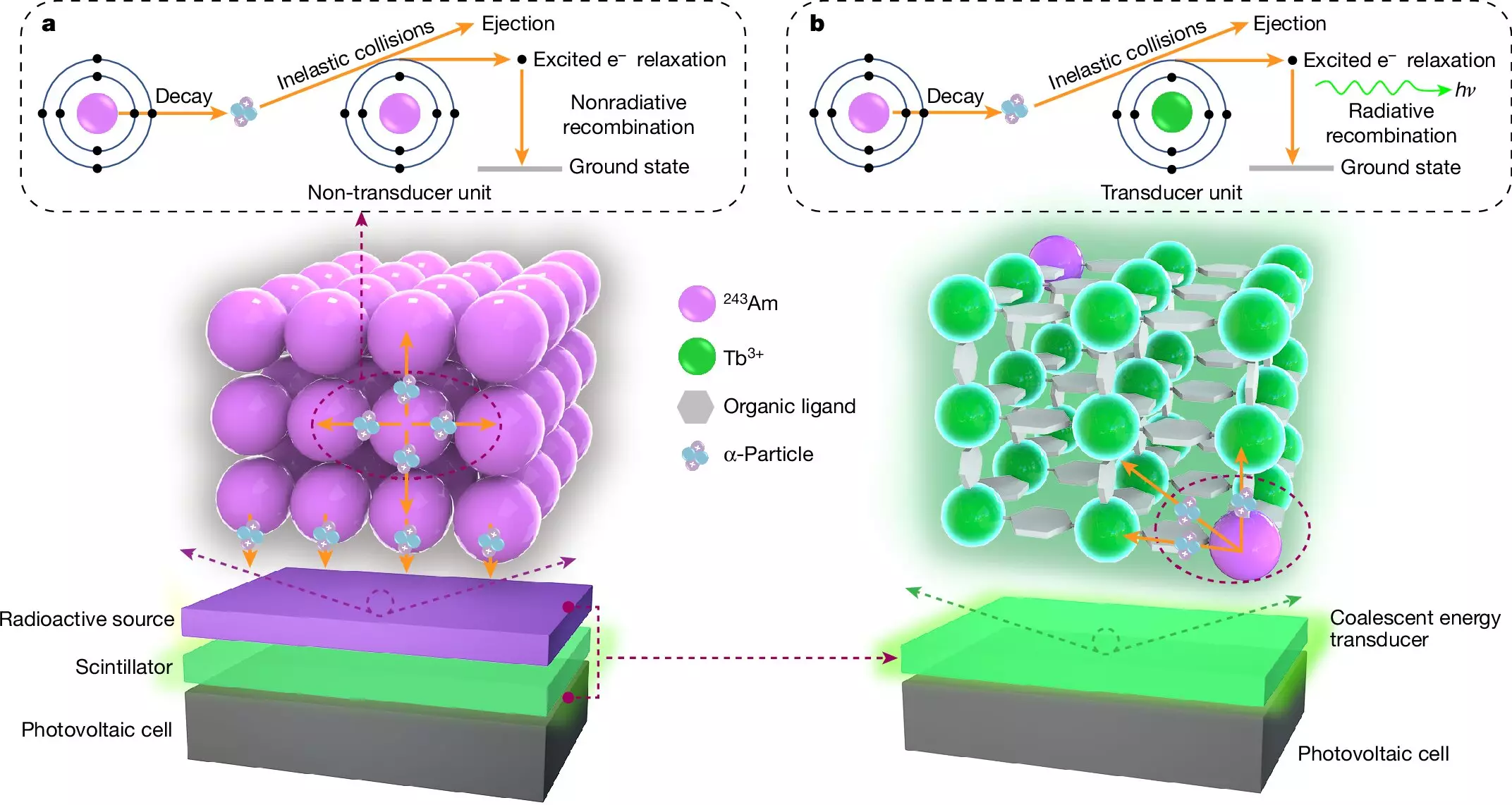A recent breakthrough by a collaborative team of Chinese physicists and engineers has unveiled a highly efficient nuclear battery, marking a notable advancement in energy technology. Published in the prestigious journal Nature, the findings present a compact power source that could redefine how we approach energy for various devices, ranging from mobile phones to autonomous robots. This innovative power pack promises efficiency levels up to 8,000 times greater than its earlier counterparts, stimulating excitement and speculation about its potential applications.
The Quest for Tiny Nuclear Power Sources
The challenge of creating minute nuclear-powered devices has engaged scientists for decades. The primary hurdle has always been the inherent dangers associated with nuclear energy, even in its most diminutive forms. Traditional nuclear power plants require extensive safety measures and infrastructure, making them impractical for small-scale applications. Researchers have, therefore, sought alternatives such as nuclear charge batteries. However, previous attempts were hindered by inefficiency as scaling down nuclear materials limited the energy output achievable.
The approach taken by the research team is both ingenious and effective. By integrating americium—a radioactive element—within a phosphorescent crystal, they harness the emitted alpha particles to generate light. This fascinating process results in a glowing green crystal, which is the crux of the device’s power generation. The next step involves linking the glowing crystal to a photovoltaic cell, efficiently converting emitted light into electricity. This design is encased within a quartz shell that acts as a barrier, ensuring radiation containment and safety.
One of the most remarkable aspects of this nuclear battery is its longevity. Initial tests indicate that the device can maintain its charge for extended periods, potentially lasting for decades—outstripping standard battery lifespans. The half-life of americium, calculated at 7,380 years, provides a tantalizing glimpse into the potential lifespan of this technology. However, the researchers acknowledge a critical limitation: the materials used to encase the nuclear material may degrade long before americium’s half-life can be fully realized.
Addressing Efficiency Metrics and Future Prospects
While the reported efficiency of 8,000 times that of existing systems is a staggering statistic, it’s important to highlight that the power generated is still considerably low. For instance, lighting a 60-watt bulb would necessitate around 40 billion of these miniature batteries. Thus, while the technology holds promise, its practical application in large-scale energy generation remains a challenge. Nevertheless, the researchers express optimism about further refinements, envisioning a future where these compact power packs could be deployed in remote locations or even deep space missions.
The development of this advanced nuclear battery signifies an important milestone in the pursuit of sustainable energy solutions. By marrying the principles of nuclear physics with innovative engineering, the team has opened new avenues for powering small devices in a safe and efficient manner. While hurdles remain, the potential applications underscore a future where energy scarcity could be alleviated through alternative, long-lasting sources. The excitement surrounding this invention serves as a reminder of the untapped possibilities within nuclear energy and its role in the quest for sustainable technology.


Leave a Reply